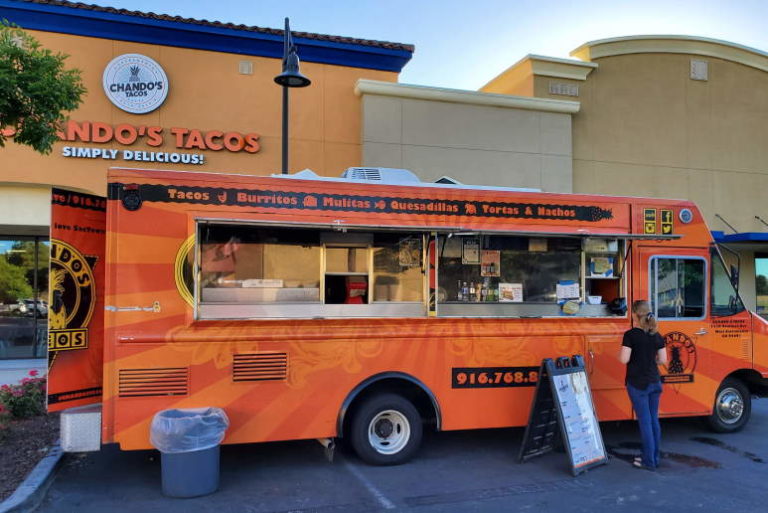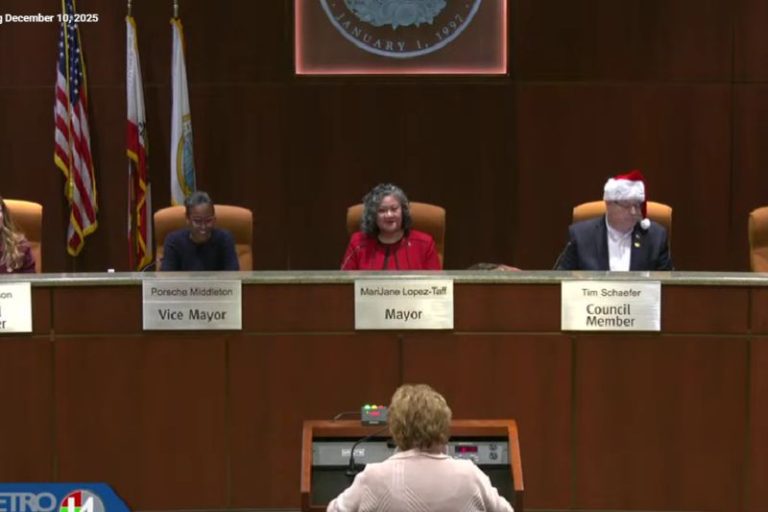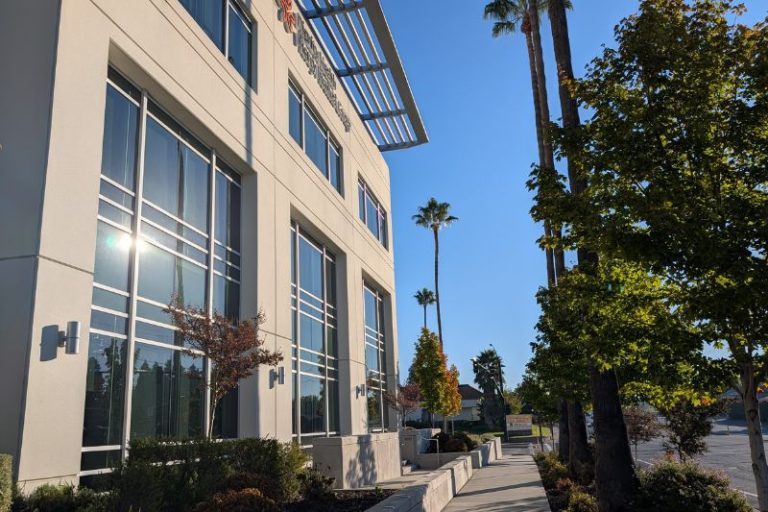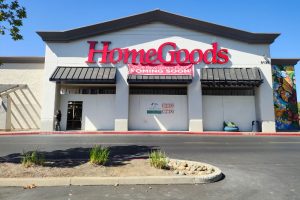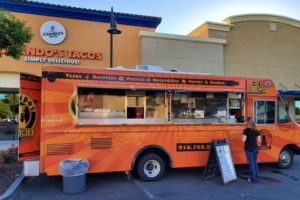
By Mike Hazlip—
Twelve vacant city-owned lots on Sayonara Drive could be the site of new duplexes or single-family homes, under a proposed partnership with Habitat for Humanity.
Once described as the most dangerous street in the city, Sayonara Drive has two rows of vacant lots after the city purchased blighted buildings from absentee landlords and leveled them more than a decade ago. Now the city is considering to work with Habitat for Humanity to build new housing on those same sites, fulfilling an obligation that the city was initially obligated to meet within five years.
In a March 10 presentation, Habitat for Humanity Sacramento President and CEO Leah Miller gave the council an overview of the potential partnership, saying the organization works with low-income individuals and families to provide home ownership options in exchange for volunteer hours known as “sweat equity.”
Alison Bermudez, of the city’s planning division, presented the council with three potential options for building housing units on the now vacant land along Sayonara Drive.
One option includes 12 duplex units that would be individually owned as half-plex homes and a community garden. Another option Bermudez presented would be 12 single-family homes with a community garden. Bermudez also presented two options with a mix of duplex units and single-family homes.
Homes would range from 3-4 bedrooms and 1,100 to 1,200 square feet.
Under all three scenarios, the city would be expected to contribute $1.4 million to the project, according to the presentation. The figures assume the city sells the lots to Habitat for Humanity for “a nominal amount” and that the organization is able to secure Cal-Home funding.
The presentation showed funding could come from a mix of sources including $735,000 from a Public Local Housing Allocation, $350,000 from the city’s affordable housing funds, $292,000 from Home Funds, plus permit fee waivers.
While the meeting was only preliminary and no final decisions were made, Mayor Porsche Middleton said she favored maximizing the land with as many units as possible, as did Vice Mayor Tim Schaefer.
Councilwoman Jeannie Bruins, who was on the council when the city purchased the land, said all or a majority of single-family homes would most closely represent the original intent of the effort to transform Sayonara Drive by lowering housing density. Councilman Bret Daniels also said he favored single-family homes, while Councilman Steve Miller said he leaned towards “maximizing opportunities for housing folks” with duplexes.
Due to the city’s prior use of redevelopment funds, the city is required to replace the occupied units demolished during the 2008 through 2010 effort to reduce blight and crime in the area. The city received a 23-unit credit for the low income Sunrise Pointe Apartments currently under construction on Sunrise Boulevard, but the city still needs to build a total of 12 units to fulfill its obligation to replace units that were demolished.
Related: New, low-income apartment project takes shape on Sunrise Blvd
In order to meet the city’s obligations, the council will need to declare the land exempt surplus and submit findings to the California Department of Housing and Community Development. Additionally, the council will need to amend a replacement plan, initiate a transfer agreement, finalize and approve funding, and issue project entitlements by Sept. 22 of this year.
The council is slated to consider formal action to declare the 2.25-acres as surplus property during its March 24 council meeting. The proposed action does not name Habitat for Humanity, but says the city “will sell the land to a nonprofit housing organization who will develop the properties with 100 percent of the units restricted to for-sale units to persons and families of very low and low incomes.”
Want to share your thoughts on plans for Sayonara Drive? The Sentinel welcomes letter to the editors or opinion columns for publication. To submit one online, click here.

